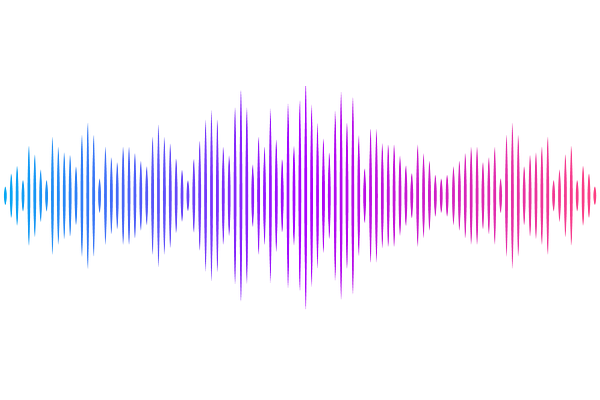Repeated quantum backflow and overflow

Repeated quantum backflow and overflow
Christopher J. Fewster, Harkan J. Kirk-Karakaya
AbstractQuantum backflow is a surprising phenomenon in which a quantum particle, moving in one dimension and with a state of rightwards momentum, can exhibit a net probability transfer to the left-hand half-line over a finite time interval. We generalise the setting of quantum backflow to allow for $M$ disjoint time intervals, considering the sum of probability differences for each interval. In classical statistical particle mechanics, the total backflow lies in the interval $[-1,0]$ for all $M$, indicating rightwards probability transfer. By contrast, we show that, in quantum mechanics, the maximum $M$-fold backflow is positive and unbounded from above as $M$ increases, demonstrating that there are states that exhibit repeated periods of backflow. Moreover, for $M\ge 2$, we discover a new phenomenon; namely, that there are states whose total backflow is below $-1$, giving a probability transfer to the right-hand half-line beyond that possible in classical statistical particle mechanics. We call this effect "quantum overflow". The maximum extent of the backflow and overflow effects is described by a hierarchy of backflow and overflow functions and constants, where the $M$'th backflow (overflow) constant is the supremum (infimum) of the $M$'th backflow (overflow) function. The $M=1$ backflow constant was first identified by Bracken and Melloy. Our results are obtained by formulating the $M$-fold backflow problem in terms of the spectra of suitable bounded operators. Using this formulation, we also study limiting cases of the backflow and overflow functions, including cases in which two disjoint intervals merge. Our analytical results are supported by detailed numerical investigations. Among other things, by applying numerical acceleration methods, we obtain a new estimate of the Bracken-Melloy constant of $0.0384506$ which is slightly lower than the previously accepted value of $0.038452$.